Olympus – Long Exposure and Star Trails Photography Online Event
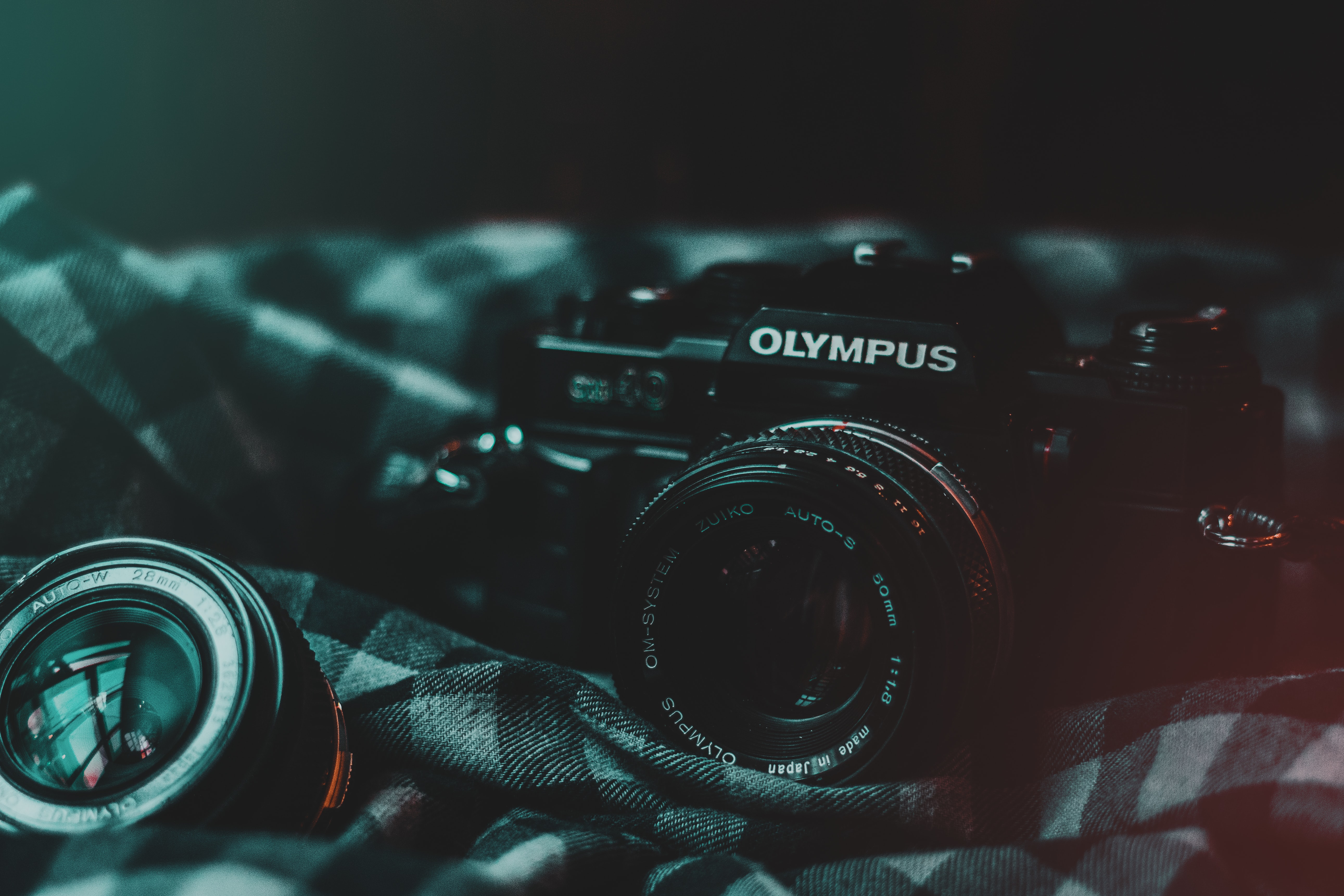
On April 30th I attended a virtual event held by Olympus Digital Solutions which was run by Brett Cook the senior sales manager at the company. The event was intended to show people how Olympus cameras can shoot long exposure photos and capture star trails really well.
I was curious to see how Olympus would be able to hold a virtual camera workshop event that was as equally informative as a face to face workshop. As someone who had purchased an Olympus E-M5 mark three and was waiting for it to arrive, I was intrigued by the event.
There isn’t a defined definition of long exposure, but the rule of thumb is generally usually classified as anything longer than one second of exposure. Cook went into detail about the history of long exposure which dated back to the 1830s decade.
“The whole idea of long exposure is to capture things we wouldn’t normally see, so the blurring of water and the capture of movement over time.” – Brett Cook
After going through the definition of long exposure, Cook proceeded to run through some examples of long exposure that consisted of, running water, star trails, traffic lights and lightning.
The sales manager discussed the different modes you can capture long exposure photos with on the Olympus camera (Shutter priority, Manual and Bulb modes), and we went into detail about the additional equipment one would need in the field.
The list included; neutral density filters (ND filters) which is essentially sunglasses for limiting how much light gets into the shot, a tripod and Cook was adamant about investing in a high-quality one, extra batteries and a remote shutter release function (release cable or app).
Cook spoke about the advantages that come with having an Olympus camera, Live Composite mode and Live Time mode. Both assist you in different ways in capturing long exposure photography.
The workshop consisted of a slideshow presentation filled with lots of detail, photos for examples and a video here and there. It wasn’t the most groundbreaking and fashionable way to hold the event but it worked thanks to Brett’s ability to talk in-depth on any of the topics mentioned and expand on the already informative slides.
View this post on Instagram
Cook attempted to show us the settings he has on his own Olympus camera and walk us through how he got to those settings but as everyone knows from the past online year, when you’re trying to show something over webcam it tends to just get pixelated and disorientating. This would have to be one of the main drawbacks of holding a camera workshop online, the inability to have that hands-on, face to face teaching.
Live Time
In Live Time mode, you can watch the exposure build over time, which will allow you to pinpoint when you wish to end the capture, instead of setting a time limit you can go until you are satisfied.
Live Composite
Live Composite maintains your base exposure level but will record new light that enters the frame or a change in intensity of said light. Essentially capturing movement or light that is added in, such as traffic lights would work best with Composite mode.
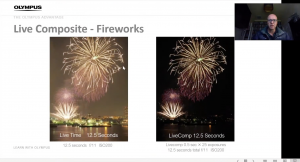
We then compared the Live Time mode against the Composite mode when it came to shooting fireworks, and it is there where you can see a real difference between the modes.
Above is a screenshot from the live event, where Live Time mode allows for the foreground to remain in the shot regardless of settings since it builds the amount of exposure.
While Composite mode focuses primarily on the fireworks themselves since the photographer set their base exposure to block out the foreground.
Seeing these examples in the future I personally can only see myself using the Live Composite mode when capturing photos in the dark, to me too much light comes into the shot and hides the main focus of the image.
I found it very trusting that Brett said the same thing during the event and added his own experiences with shooting in both modes. Rather than claim, every mode can be used for every setting he acknowledged the drawbacks of each mode.
Stars and Star Trails
Moving onto stair trails, Cook went into detail about how vital research is before heading out into the field, he provided the best tips and sites to help to find locations for the star trails. Cook suggested heading onto the Dark site finder website which a map shows you ‘light pollution’.
It shows the hotspots of where superficial light is that can ruin capturing the night sky, therefore a place like civic on a Saturday night might not be the best place to take photos of the stars.
Places not in the hotspots will provide some dark locations where the stars can blossom and shine. Cook added that places in the light green area are generally a good area, in that case, Googong Dam looks like a great spot as it is on the cusp of light pollution.
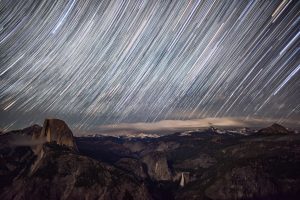
On top of the dark site finder, the event helped provide another valuable tip, visiting photo-phemeris a site where you can locate where the Moon will rise or set as well as when golden hour might end. The site allows you to set the time and location so you will know ahead of time where the Moon will be before you even head out there.
Brett was valuable with showing all of these key websites for research and it didn’t stop there. Stellarium-web shows where all the stars will be and how to locate the Milky Way, like the previous site add in your coordinates so you can progress time to see how the stars will set in the night sky.
Although the event was held virtually there was a lot of communication between the attendees and Cook, with our host stopping multiple times during the presentation to answer questions someone has written in the chat. One positive to the virtual event is that Cook is situated in Melbourne, so if this event wasn’t held online attendees like myself would normally not be able to attend.
View this post on Instagram
I was impressed with Olympus for providing these websites for people, so even if they did not have an Olympus camera they can still learn something from this event.
I’m walking away from this event full of new knowledge that can help me take my photography to the next level. I can see the Live Composite mode becoming a very useful mode for me going forward as it can create some really stunning quality photos.
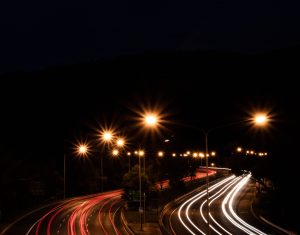
It was nice to be able to sit at my desk on a rainy, cold, miserable day sipping my coffee and learn some useful photography tips rather than going into a classroom and face the windy wet conditions.
The only complication throughout the online event was Cook’s ongoing cough which he was very apologetic for, Brett soldiered through it to host a very informative and interesting event.
If you are interested in watching the event and learning more here is the event I attended.
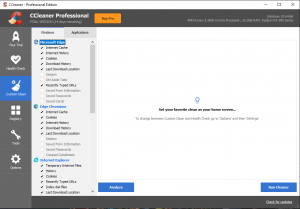
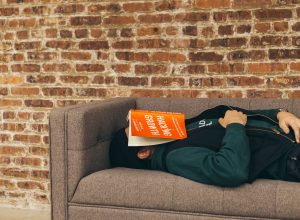


Be the first to comment!